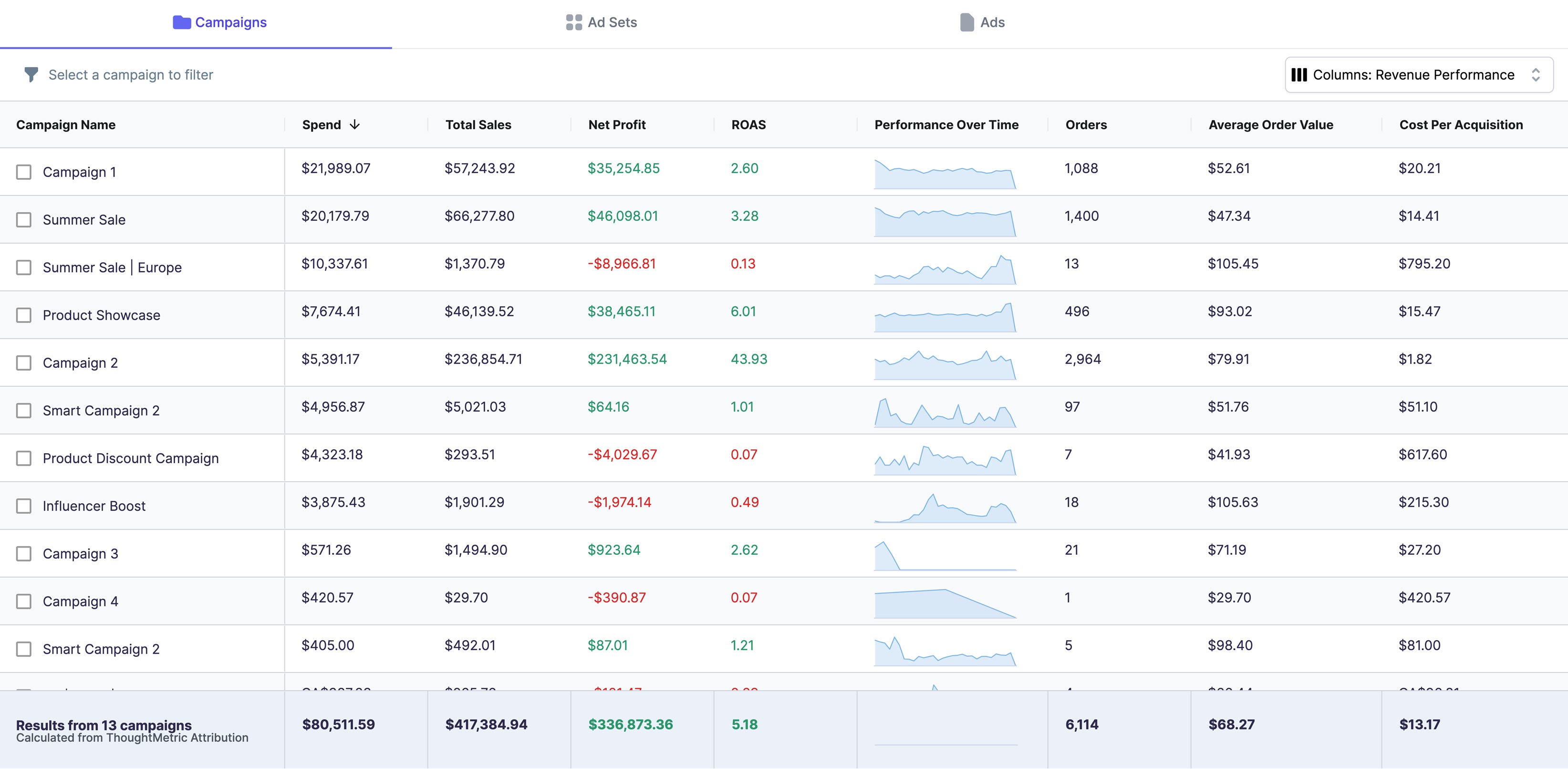Meta Ads can get messy fast. You start with a couple of campaigns, and before you know it, you are knee-deep in thirty versions of the same thing and no idea what any of it means. It has been a while since I went to school, but just like how to do your taxes, campaign naming is not something I learned.
If you are tired of scrolling through cluttered ad sets and trying to figure which aspects of a campaign are moving the needle, this is for you. Clean naming and a good dashboard setup are underrated.
Here is how to keep your Meta account usable.
Start with a consistent naming convention
You do not need anything fancy. You just need something consistent that gives you the info you care about at a glance.
Try a format like this:
[Channel][Objective][Audience][Creative][Date or Version]
Example: FB_Conversions_Prospects_UGC1_Apr24_V1
This tells you what platform you are on, what the campaign is trying to do, who it is targeting, what creative is running, and what version it is. That is enough.
Stick with it across campaigns, ad sets, and ads. Use short codes if it helps but make sure your team knows what they mean. The goal is clarity, not cleverness.
You also need to name every part of your campaign structure. That means:
-
Campaign: what is the goal and who is it for
-
Ad Set: what is the audience, placement, or testing condition
-
Ad: what creative is running and what version it is
If you leave the ad set and ad names as "Ad Set 1" and "Ad 2," good luck trying to figure out what is working two weeks from now. Be clear. You will save yourself time and your reports will make way more sense.
Use naming to make reporting easier
When your campaign names actually describe what is running, you do not need to guess what is driving performance. You can filter by audience or creative type. You can search by version. You can group campaigns by funnel stage. You can spot issues faster.
It also makes your attribution reporting cleaner. If you are layering in something like ThoughtMetric or syncing to Google Sheets, a good naming system means less manual cleanup later.
Set up your dashboard views
Meta Ads Manager lets you save custom columns and filters. Take a few minutes to set up these views. It will save you time in the long run.
Here are some example go-to views:
- One for acquisition
- One for retargeting
- One for testing
- One for full funnel overview
Include columns like:
- Results
- Cost per result
- ROAS
- CTR
- CPM
- Conversion rate
Bonus: you can export cleanly to spreadsheets or dashboards without digging around.
Keep it readable
Keep your structure simple. If you need a legend to decode your naming system, it is too much.
Your future self (or your coworker or your client) should be able to look at your account and know exactly what is running without opening each ad set.





